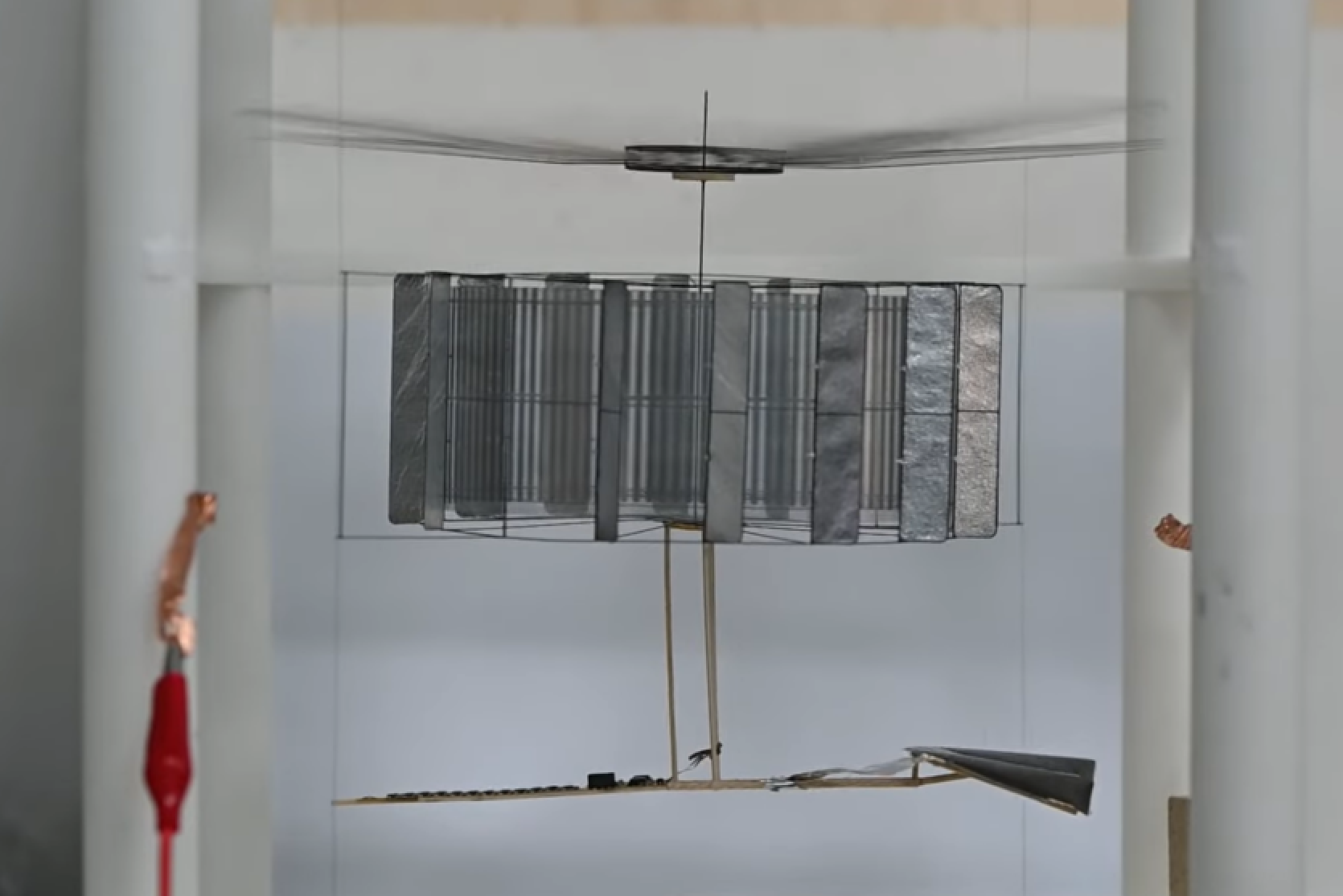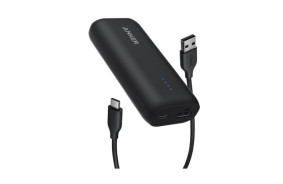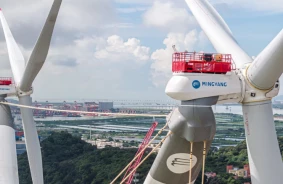A super-lightweight research drone capable of operating autonomously as long as the sun shines. In terms of design, it differs from all previously created drones.
Researchers have developed the CoulombFly drone capable of autonomously hovering provided there is sunlight. The drone's design combines solar panels, a voltage converter, and an electrostatic motor that rotates the propeller like a helicopter. All components are tuned to balance efficiency, weight, and sunlight reception.
This is a research prototype that has many limitations. Currently, there is no hardware on board for control, so the drone can only drift with the wind. Its components are very thin and fragile. CoulombFly is one of the lightest drones—weighing only 4.21 grams. The research is described in the journal Nature.
Most drones use electromagnetic motors, which include many fairly heavy metal coils. CoulombFly developers decided to focus on developing a lightweight electrostatic motor. They rely on charge attraction and repulsion to power the motor. It consists of an inner ring of stationary charged plates, called the stator. These plates are made of thin carbon fiber coated with aluminum foil. During operation, neighboring plates have opposite charges. Surrounding the stator is a ring of 64 rotating plates.
The motor starts working when the plates in the outer ring are charged. Since one of the closest plates on the stator will guaranteed have an opposite charge, rotation begins. When the stator and rotor plates reach maximum proximity, thin wires make contact, allowing the charge to transfer between them. This ensures that the stator and rotor plates receive the same charge, turning attraction into repulsion. Running such a system requires very low current, but also requires high voltage between the plates.
With a 10 cm diameter propeller with 8 blades, the system generates a lift force of 5.8 grams. This determines the design conditions for all other components.
The solar elements were made from thin gallium arsenide film. It is much more expensive than other photovoltaic materials, but provides the highest efficiency—30% energy conversion compared to over 20% of others. The batteries provide relatively high current but low voltage—a situation opposite to what is required. Therefore, a transformer must be used.
Researchers sacrificed efficiency for low weight. They created a series of voltage converters weighing only 1.13 grams, but boosting voltage from 4.5 V to 9.0 kV. However, the energy conversion efficiency is only 24%. As a result, the CoulombFly design is dominated by a cylindrical motor topped with a propeller. Below is a platform with solar elements on one side, balanced by an energy converter on the other.
To test the drone, researchers simply opened a window on a sunny day. The drone took off and hovered for over an hour, and everything indicates that it would continue to do so as long as there is enough solar energy.
The system required 0.568 W of power to stay in the air. Given the total mass of 4.21 g, this means an efficiency of 7.6 g/W. However, a significant portion of this power is lost during voltage conversion. The motor requires only 0.14 W, giving it an efficiency of over 30 g/W. Some reserve allows for the addition of other components—such as a control system.
A miniature version of the design has also been created, measuring only 8 mm in height and weighing 9 mg, capable of generating 1 mW of power to rotate the propeller at over 15,000 rpm.
Source: Ars Technica













Comments (0)
There are no comments for now